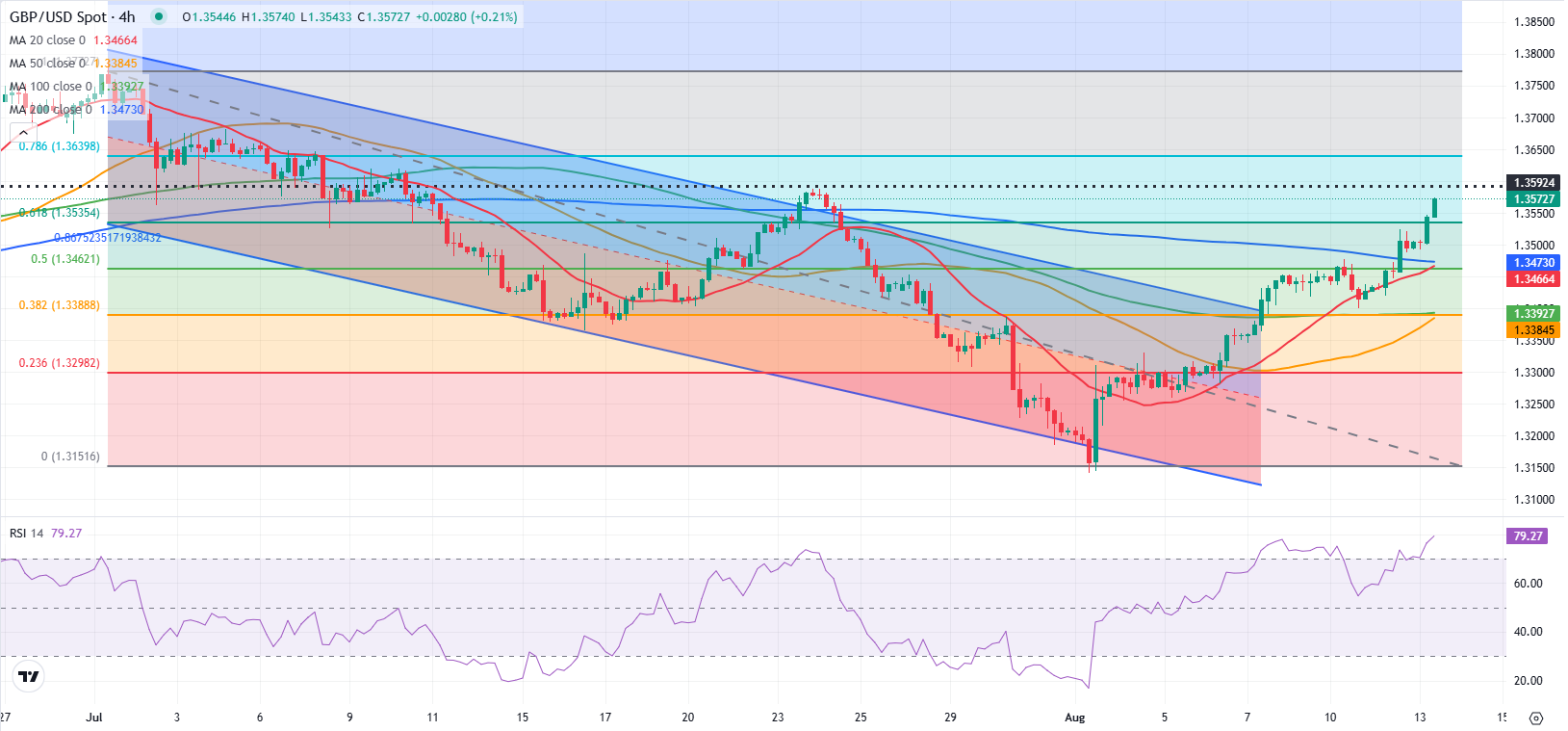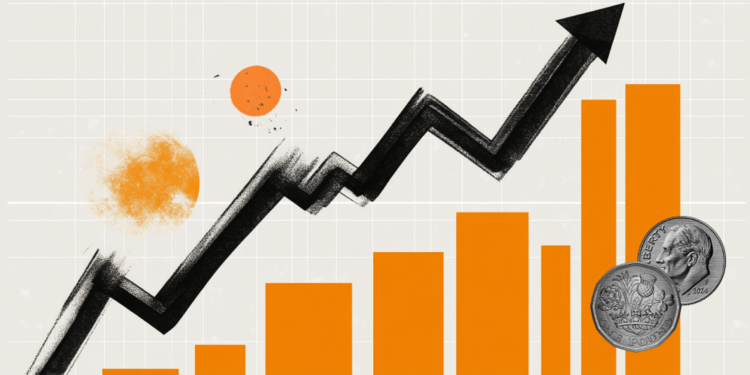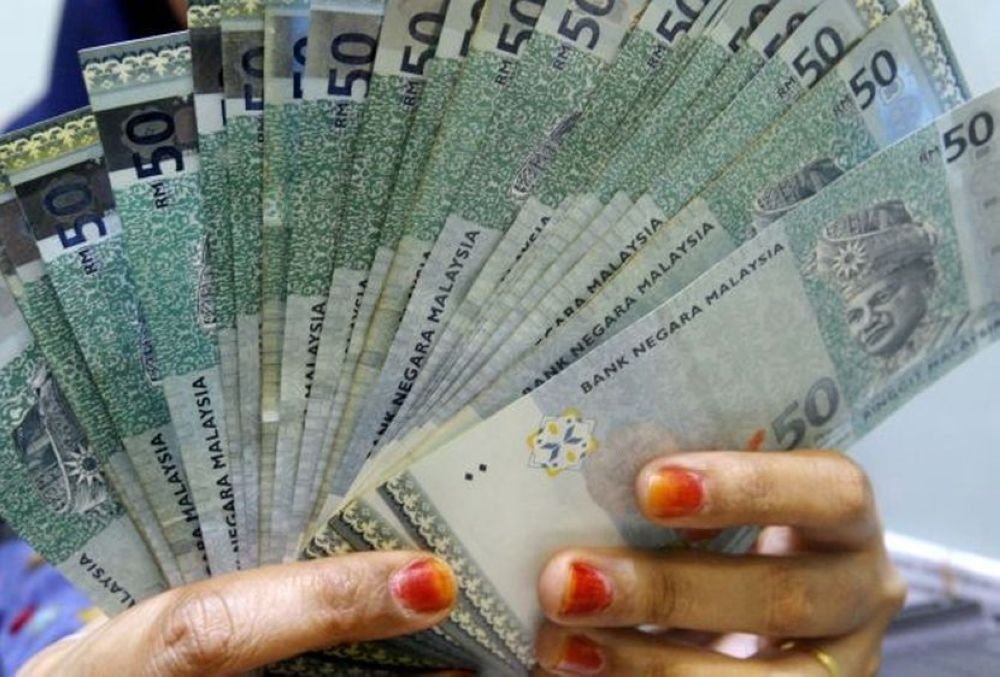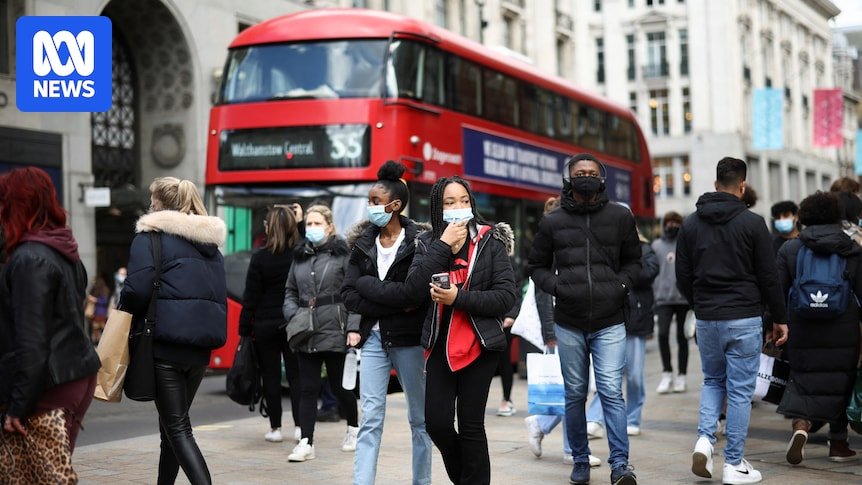- GBP/USD builds on Tuesday’s gains and trades at its highest level in three weeks.
- The technical outlook points to overbought conditions in the near term.
- The pair could correct lower if risk mood sours.
GBP/USD gained traction and rose about 0.5% on Tuesday. The pair preserves its bullish momentum on Wednesday and trades at its highest level in three weeks above 1.3550. Although the technical outlook highlights overbought conditions, a technical correction could be delayed unless there is a negative shift in risk sentiment.
British Pound PRICE This week
The table below shows the percentage change of British Pound (GBP) against listed major currencies this week. British Pound was the strongest against the Canadian Dollar.
| USD | EUR | GBP | JPY | CAD | AUD | NZD | CHF | |
|---|---|---|---|---|---|---|---|---|
| USD | -0.69% | -0.91% | -0.22% | 0.00% | -0.54% | -0.58% | -0.76% | |
| EUR | 0.69% | -0.23% | 0.47% | 0.70% | 0.14% | 0.06% | -0.06% | |
| GBP | 0.91% | 0.23% | 0.66% | 0.93% | 0.37% | 0.29% | 0.17% | |
| JPY | 0.22% | -0.47% | -0.66% | 0.27% | -0.28% | -0.29% | -0.38% | |
| CAD | -0.01% | -0.70% | -0.93% | -0.27% | -0.54% | -0.64% | -0.77% | |
| AUD | 0.54% | -0.14% | -0.37% | 0.28% | 0.54% | -0.08% | -0.20% | |
| NZD | 0.58% | -0.06% | -0.29% | 0.29% | 0.64% | 0.08% | -0.11% | |
| CHF | 0.76% | 0.06% | -0.17% | 0.38% | 0.77% | 0.20% | 0.11% |
The heat map shows percentage changes of major currencies against each other. The base currency is picked from the left column, while the quote currency is picked from the top row. For example, if you pick the British Pound from the left column and move along the horizontal line to the US Dollar, the percentage change displayed in the box will represent GBP (base)/USD (quote).
The broad-based selling pressure surrounding the US Dollar (USD) fuelled GBP/USD’s rally on Tuesday, as investors saw the July inflation data as a confirmation of a dovish Federal Reserve (Fed) policy outlook in the remainder of the year.
The data published by the US Bureau of Labor Statistics showed that the annual inflation, as measured by the change in the Consumer Price Index (CPI), remained unchanged at 2.7% in July, compared to the market expectation of 2.8%. More over, the CPI and the core CPI increased by 0.2% and 0.3%, respectively, on a monthly basis and matched analysts’ estimates.
According to the CME FedWatch Tool, the probability of the Fed lowering the policy rate by a total of 75 basis points this year climbed above 53% from about 43% before the publication of the CPI data. In turn, Wall Street’s main indexes rallied and caused the USD to continue to weaken against its peers toward the end of the day.
In the European session on Wednesday, US stock index futures rise between 0.2% and the UK’s FTSE 100 Index gains about 0.2%. In case the risk-rally picks up steam in the second half of the day, the USD could have a hard time finding demand, allowing GBP/USD to stretch higher.
GBP/USD Technical Analysis

The Relative Strength Index (RSI) indicator on the 4-hour chart stays near 80, reflecting overbought conditions for the pair.
On the upside, 1.3590-1.3600 (static level, round level) aligns as the next resistance level before 1.3640 (Fibonacci 78.6% retracement of the latest downtrend) and 1.3700 (static level, round level). Looking south, support levels could be spotted at 1.3540 (Fibonacci 61.8% retracement), 1.3500 (static level, round level) and 1.3460 (Fibonacci 50% retracement, 200-period SMA).
Pound Sterling FAQs
The Pound Sterling (GBP) is the oldest currency in the world (886 AD) and the official currency of the United Kingdom. It is the fourth most traded unit for foreign exchange (FX) in the world, accounting for 12% of all transactions, averaging $630 billion a day, according to 2022 data.
Its key trading pairs are GBP/USD, also known as ‘Cable’, which accounts for 11% of FX, GBP/JPY, or the ‘Dragon’ as it is known by traders (3%), and EUR/GBP (2%). The Pound Sterling is issued by the Bank of England (BoE).
The single most important factor influencing the value of the Pound Sterling is monetary policy decided by the Bank of England. The BoE bases its decisions on whether it has achieved its primary goal of “price stability” – a steady inflation rate of around 2%. Its primary tool for achieving this is the adjustment of interest rates.
When inflation is too high, the BoE will try to rein it in by raising interest rates, making it more expensive for people and businesses to access credit. This is generally positive for GBP, as higher interest rates make the UK a more attractive place for global investors to park their money.
When inflation falls too low it is a sign economic growth is slowing. In this scenario, the BoE will consider lowering interest rates to cheapen credit so businesses will borrow more to invest in growth-generating projects.
Data releases gauge the health of the economy and can impact the value of the Pound Sterling. Indicators such as GDP, Manufacturing and Services PMIs, and employment can all influence the direction of the GBP.
A strong economy is good for Sterling. Not only does it attract more foreign investment but it may encourage the BoE to put up interest rates, which will directly strengthen GBP. Otherwise, if economic data is weak, the Pound Sterling is likely to fall.
Another significant data release for the Pound Sterling is the Trade Balance. This indicator measures the difference between what a country earns from its exports and what it spends on imports over a given period.
If a country produces highly sought-after exports, its currency will benefit purely from the extra demand created from foreign buyers seeking to purchase these goods. Therefore, a positive net Trade Balance strengthens a currency and vice versa for a negative balance.







